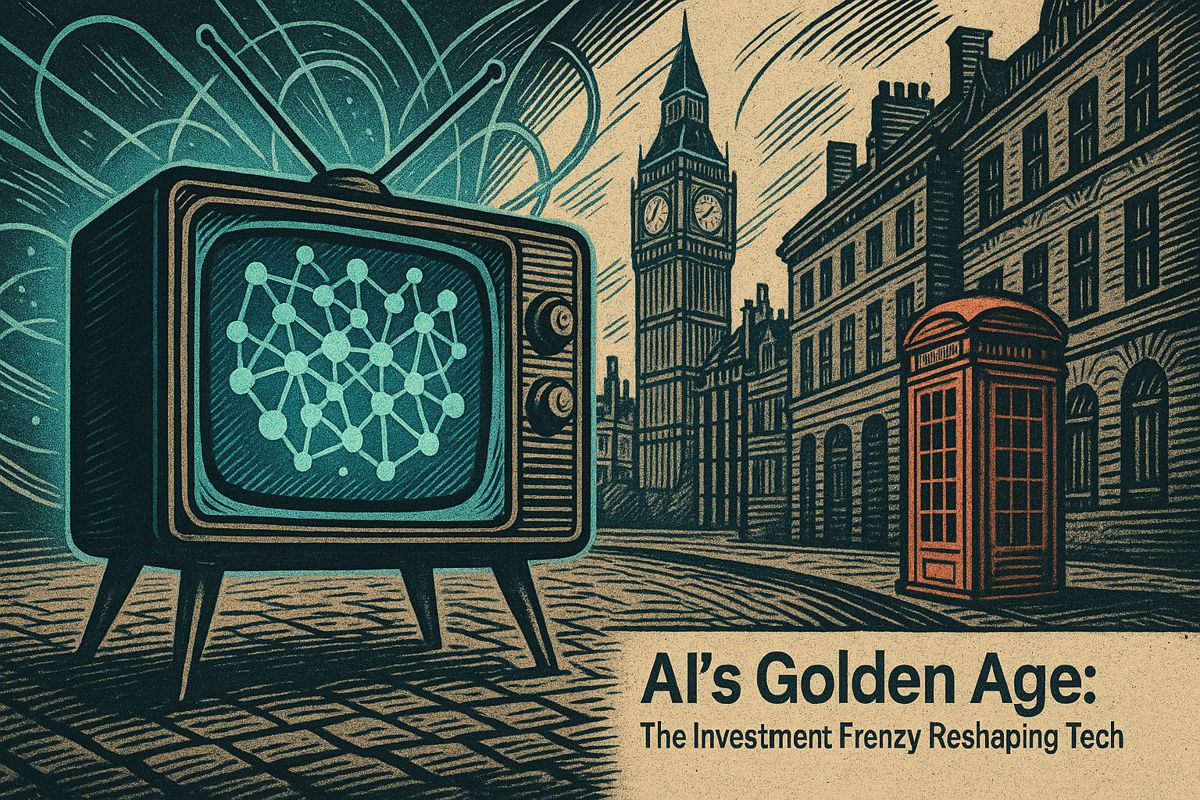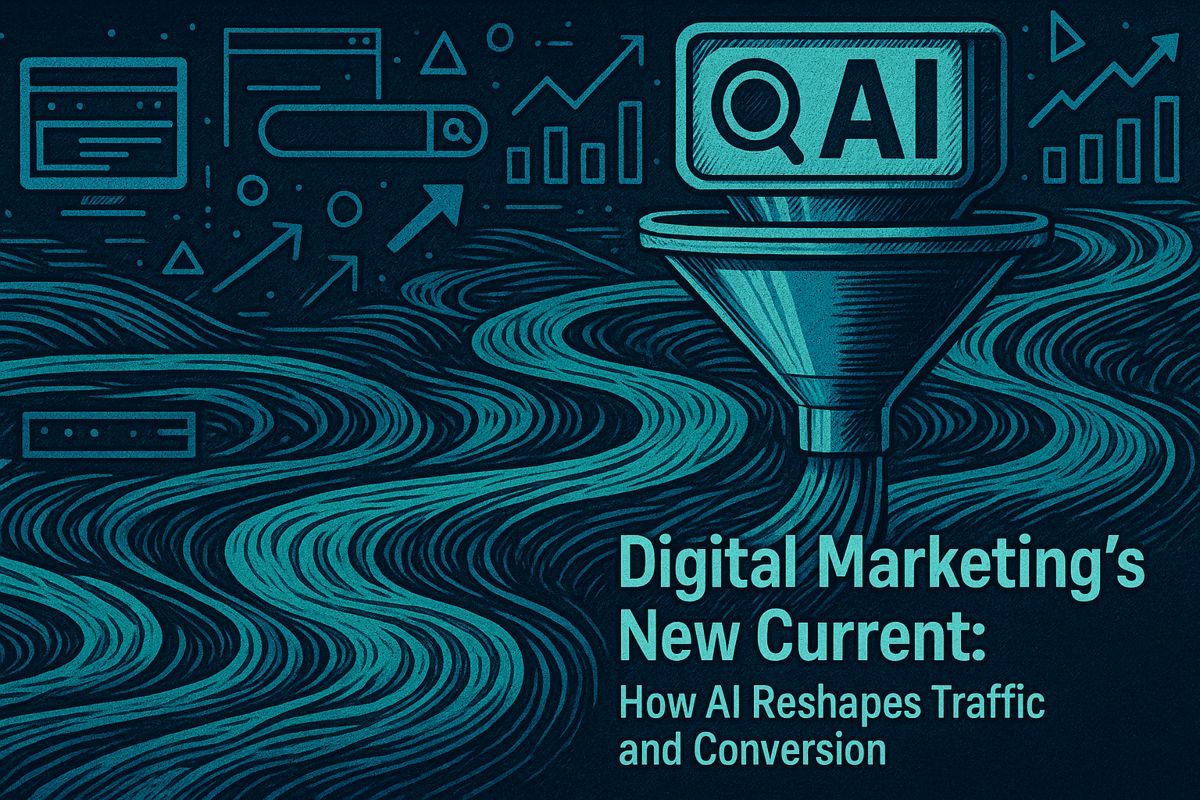AI brainstorming is rapidly evolving from a novelty into a core operating system for startup founders. For distributed teams, using AI to asynchronously share prompts, context, and ideas across time zones is becoming standard practice, closing the gap between insight and execution and accelerating the path from concept to validation.
Why AI Brainstorming Accelerates Startup Ideation
AI brainstorming accelerates founder productivity by overcoming common bottlenecks like scheduling conflicts and creative fatigue. Asynchronous collaboration allows teams to develop ideas around the clock, while AI tools generate structured suggestions, drastically reducing the time from initial concept to a refined, actionable plan.
Generative AI assistants eliminate two primary obstacles to innovation: scheduling difficulties and idea exhaustion. This asynchronous model allows a founder to initiate a brainstorm late at night and receive refined suggestions from teammates by the next morning. Early adopters integrating AI planning tools have reported productivity gains of up to 40%, according to a recent study from the Strategy Institute.
Choosing the Optimal AI Collaboration Workspace
The right platform transforms a simple chat thread into a dedicated innovation hub. Look for tools with robust permission controls and project-level memory to maintain focus and security. For instance, platforms like Team-GPT allow managers to create a “Project Only” context, ensuring all prompts and outputs are visible only to invited members and isolated from other chats.
Key tools to consider include:
- Visual Mind-Mapping Tools: Platforms like Ideamap offer an infinite canvas for teams to drag and drop files (PDFs, audio, images) and collaboratively build on evidence-based ideas.
- Digital Whiteboards: Tools such as Miro provide startup-centric templates for business model canvases and design sprints, enabling teams to visually organize AI-generated text into movable notes.
Establishing Governance and Security Guardrails
Before integrating AI brainstorming company-wide, establish clear governance protocols. These simple but critical guardrails protect your assets and maintain strategic focus:
- Define IP Ownership: Explicitly clarify the ownership of AI-generated outputs within shareholder and employment agreements.
- Secure Sensitive Data: Use private, project-specific memory to store confidential metrics, keeping them out of open group chats.
- Mandate Human Oversight: Always pair AI-generated suggestions with human review to identify and correct potential inaccuracies, biases, or hallucinations.
- Ensure Traceability: Name each brainstorming thread with a clear objective to create a traceable lineage of ideas for future reference.
Converting Brainstorms into Actionable Strategy
Translating raw ideas into a polished strategy requires a structured process. High-performing teams consolidate key insights into a centralized document, like a Notion page, linking back to source data. They then leverage an AI copilot to simulate multiple market scenarios. This modern approach to scenario planning allows founders to forecast revenue, costs, and risks in minutes, enabling them to pressure-test strategic pivots without manual spreadsheet analysis.
Measuring Success to Engage Stakeholders
To maintain investor confidence, it is crucial to demonstrate tangible progress. Key performance indicators (KPIs) that signal success with AI-driven ideation include:
- Experiment Velocity: The number of validated micro-experiments launched each quarter.
- Idea-to-Prototype Cycle Time: The time elapsed from the initial prompt to a prototype handoff, with a target of under 10 days.
- Concept Acceptance Rate: The ratio of AI-generated concepts that are positively validated in customer interviews.
Tracking these metrics on a shared dashboard ensures that all stakeholders – from team members to advisors and investors – are aligned and can see the direct impact of leveraging AI.



















